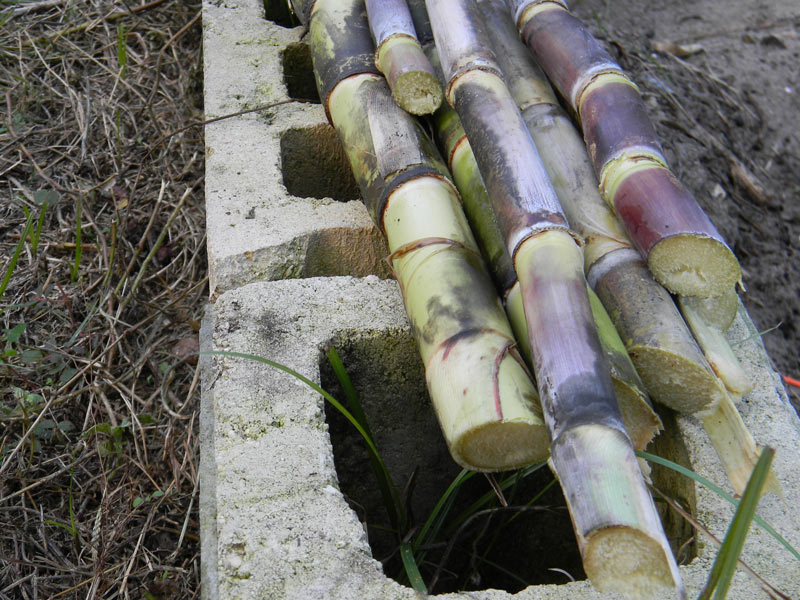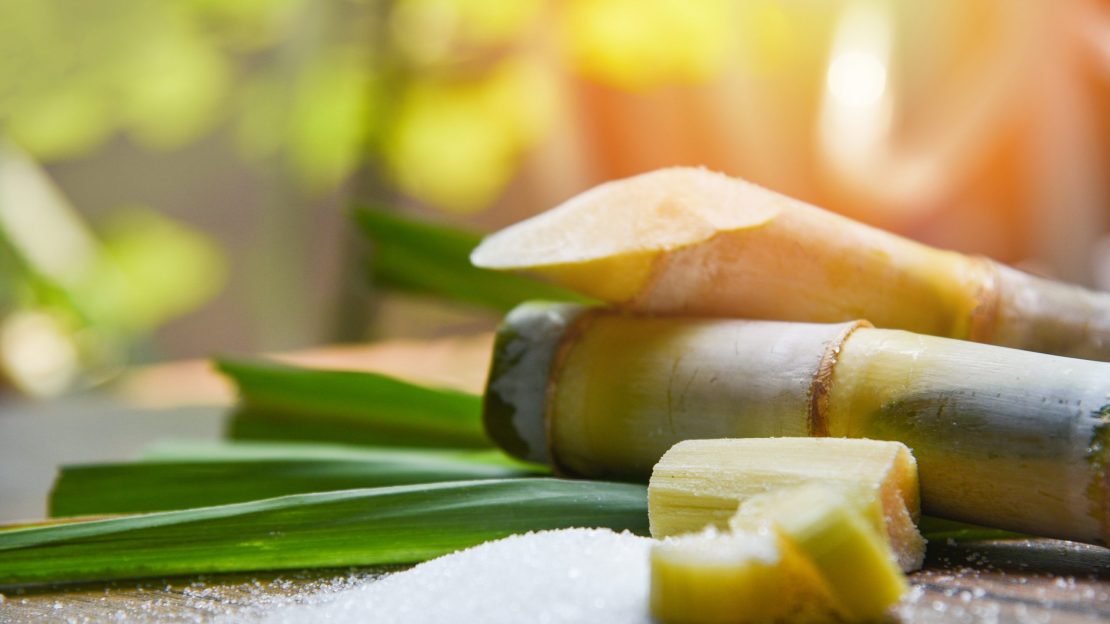Just How Walking Stick Sugar Processing Chemicals Improve Sugar High Quality and Return
The role of handling chemicals in walking cane sugar manufacturing is crucial, as they straight influence both the high quality and yield of the end product. By utilizing compounds such as lime and phosphoric acid, makers can effectively eliminate pollutants and improve extraction performance. The unification of triggered carbon and enzymes serves to optimize the break down of intricate sugars, inevitably leading to a purer and higher-quality sugar. Nevertheless, the intricacies of how these chemicals connect within the processing setting raise inquiries concerning their long-term ramifications and prospective improvements in the sector.
Review of Walking Stick Sugar Handling
Cane sugar handling includes a series of critical actions that change raw sugarcane into polished sugar products. The procedure begins with harvesting, where fully grown sugarcane stalks are cut and transferred to processing centers. Upon arrival, the cane goes through cleaning to eliminate contaminations such as dirt and plant materials.
Complying with washing, the cane is squashed to extract the juice, which consists of sucrose - sugar and cane. This juice undertakes explanation, where lime and warmth are utilized to remove continuing to be impurities and non-sugar elements. The clarified juice is after that vaporized to focus the sugar material, leading to the formation of thick syrup
Following, the syrup is crystallized with a controlled air conditioning process, resulting in sugar crystals. To accomplish polished sugar, further filtration steps are applied, including washing, re-crystallization, and drying out.
The end product is either packaged as raw sugar or even more processed into white sugar, catering to various consumer and industrial needs. This detailed collection of actions guarantees the manufacturing of high-quality sugar, crucial for countless applications in food and beverage sectors.
Secret Processing Chemicals Used
The production of polished walking cane sugar relies on various processing chemicals that play considerable duties at different stages. Amongst the most vital are lime (calcium hydroxide), phosphoric acid, and sulfur dioxide. Lime is largely utilized during the information phase to neutralize acidity and speed up pollutants, causing a more clear juice. This step is crucial for improving the general quality of the extracted juice.
Phosphoric acid serves a twin objective; it boosts the explanation procedure and assists in the elimination of color-forming substances, contributing to a greater pureness of the end product. In addition, sulfur dioxide operates as a whitening agent, enabling the efficient elimination of undesirable pigments and boosting the color of the sugar.
Various other significant chemicals consist of triggered carbon, which is used for additional decolorization, and enzymes that facilitate the malfunction of intricate sugars into less complex types, thus boosting return. The careful choice and application of these handling chemicals are crucial for enhancing the performance of sugar extraction and refining procedures, ultimately bring about a more regular and better sugar product.

Effect On Sugar Quality
Exactly how do processing chemicals influence the quality of refined sugar? The intro of different chemicals in the walking cane sugar processing stage significantly enhances the pureness and general quality of the last item. Secret agents, such as phosphoric acid and calcium hydroxide, promote the explanation procedure, efficiently removing impurities and colorants that can adversely impact sugar's look and preference. By reducing the effects of undesirable elements, these chemicals help achieve a higher degree of decolorization, leading to an extra aesthetically enticing and marketable item.
Furthermore, making use of turned on carbon and ion-exchange materials throughout the refining process plays a vital function in getting rid of off-flavors and unfavorable odors, contributing to the sugar's sensory account. This improvement not only boosts the visual and organoleptic qualities but likewise boosts the rack life by reducing microbial activity connected with impurities.
Additionally, the exact application of these chemicals ensures that the sugar displays a constant grain dimension and flowability, which are important characteristics for both industrial applications and customer choices. Generally, the critical use processing chemicals is essential visit this site in achieving top notch refined sugar that satisfies industry criteria and customer expectations.

Enhancing Return Efficiency
Enhancing yield effectiveness important link in cane sugar processing entails optimizing numerous phases of production to maximize the quantity of sugar drawn out from raw walking stick. One important facet is the choice and application of ideal processing chemicals, which can promote the breakdown of cell walls and enhance sugar release throughout extraction. Chemicals such as enzymes and acids play an important function in this process by hydrolyzing polysaccharides and dissolving impurities, therefore boosting the general extraction effectiveness.

Normal surveillance and adjustment of handling specifications are vital to maintain efficiency throughout production (sugar and cane). By employing these approaches, sugar manufacturers can not just raise the amount of sugar obtained but likewise decrease waste and reduced production expenses, adding to an extra sustainable and successful sugar handling operation
Benefits for Producers and Consumers
Walking stick sugar processing chemicals provide significant benefits for both producers and consumers, developing an extra lasting and effective industry. For manufacturers, these chemicals enhance removal procedures, bring about higher yields and boosted sugar top quality. By enhancing the filtration and formation phases, they minimize waste and increase total efficiency, which can significantly decrease production costs. This effectiveness allows producers to stay affordable in an international market characterized by rising and fall costs and need.
The better quality of sugar translates to far better taste and click for more info consistency in food products. Furthermore, the use of processing chemicals can lead to a more stable supply of sugar, reducing shortages and price spikes that can take place due to environmental variables or market changes.
Verdict

The role of handling chemicals in cane sugar production is essential, as they straight influence both the quality and yield of the final item (sugar and cane). The unification of turned on carbon and enzymes serves to enhance the malfunction of intricate sugars, inevitably leading to a purer and higher-quality sugar.Walking stick sugar handling involves a series of critical steps that change raw sugarcane into refined sugar items.Enhancing yield efficiency in walking cane sugar processing involves maximizing numerous stages of manufacturing to make the most of the amount of sugar drawn out from raw walking stick.Walking stick sugar processing chemicals play an important duty in boosting both sugar top quality and yield